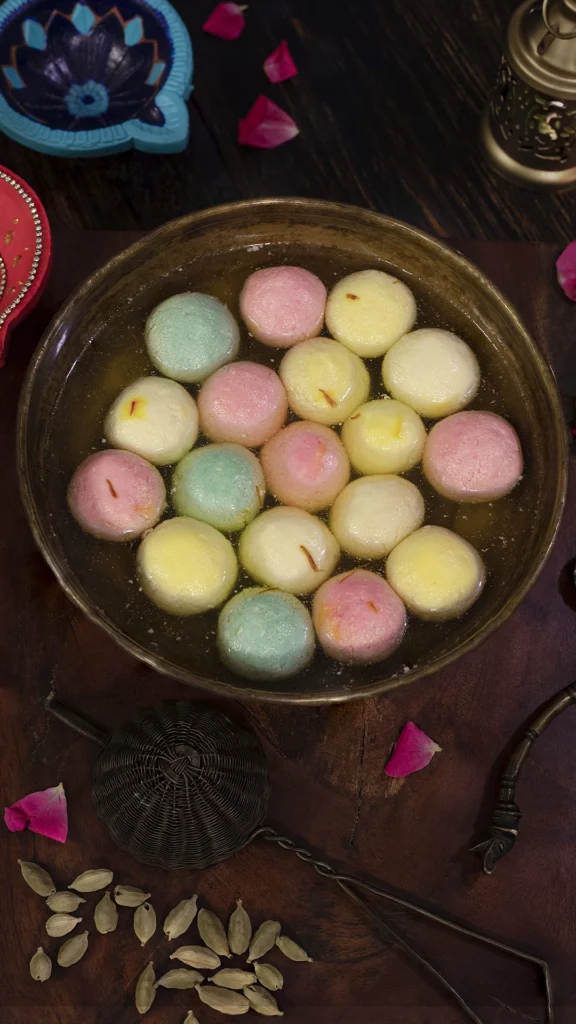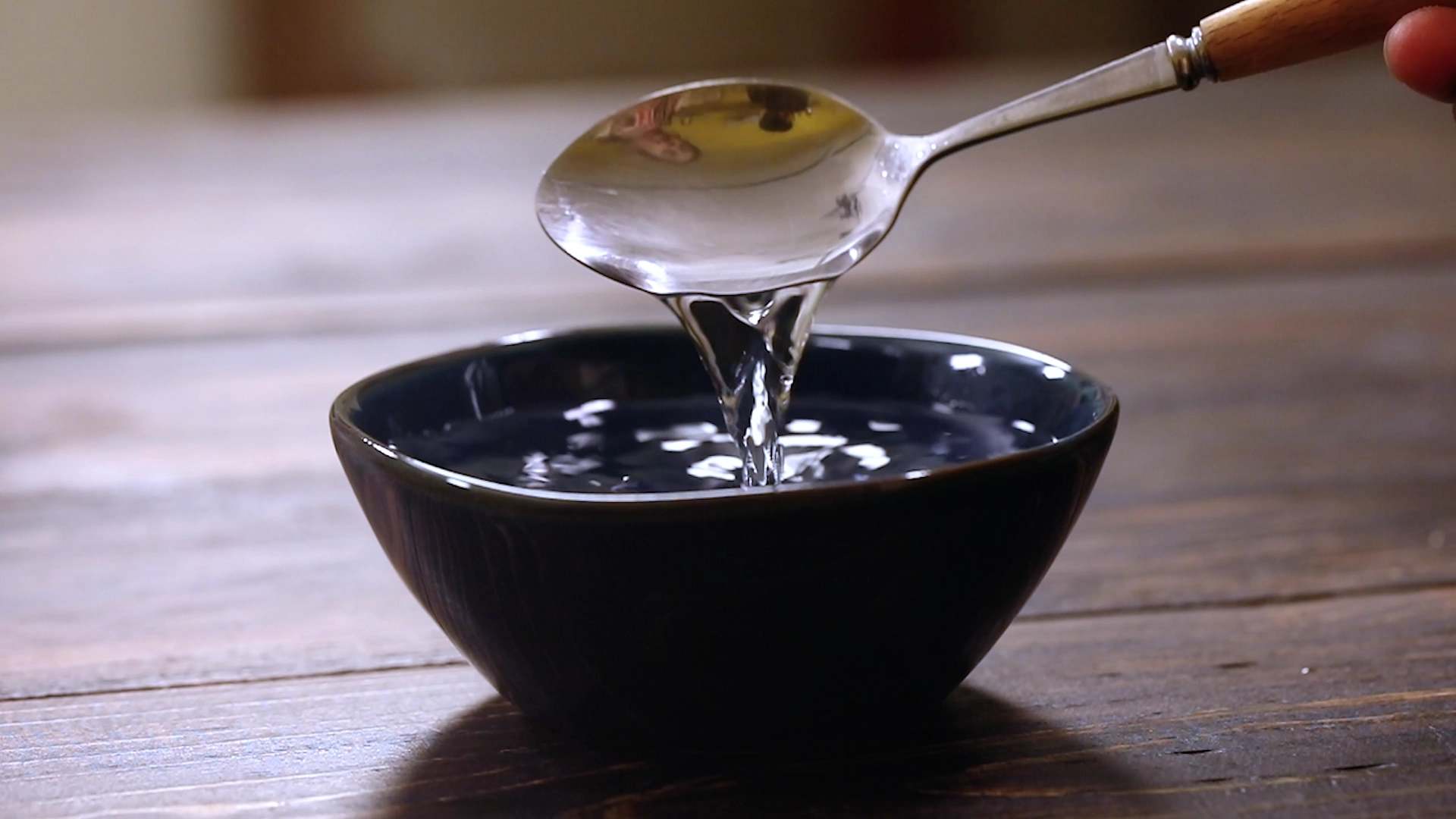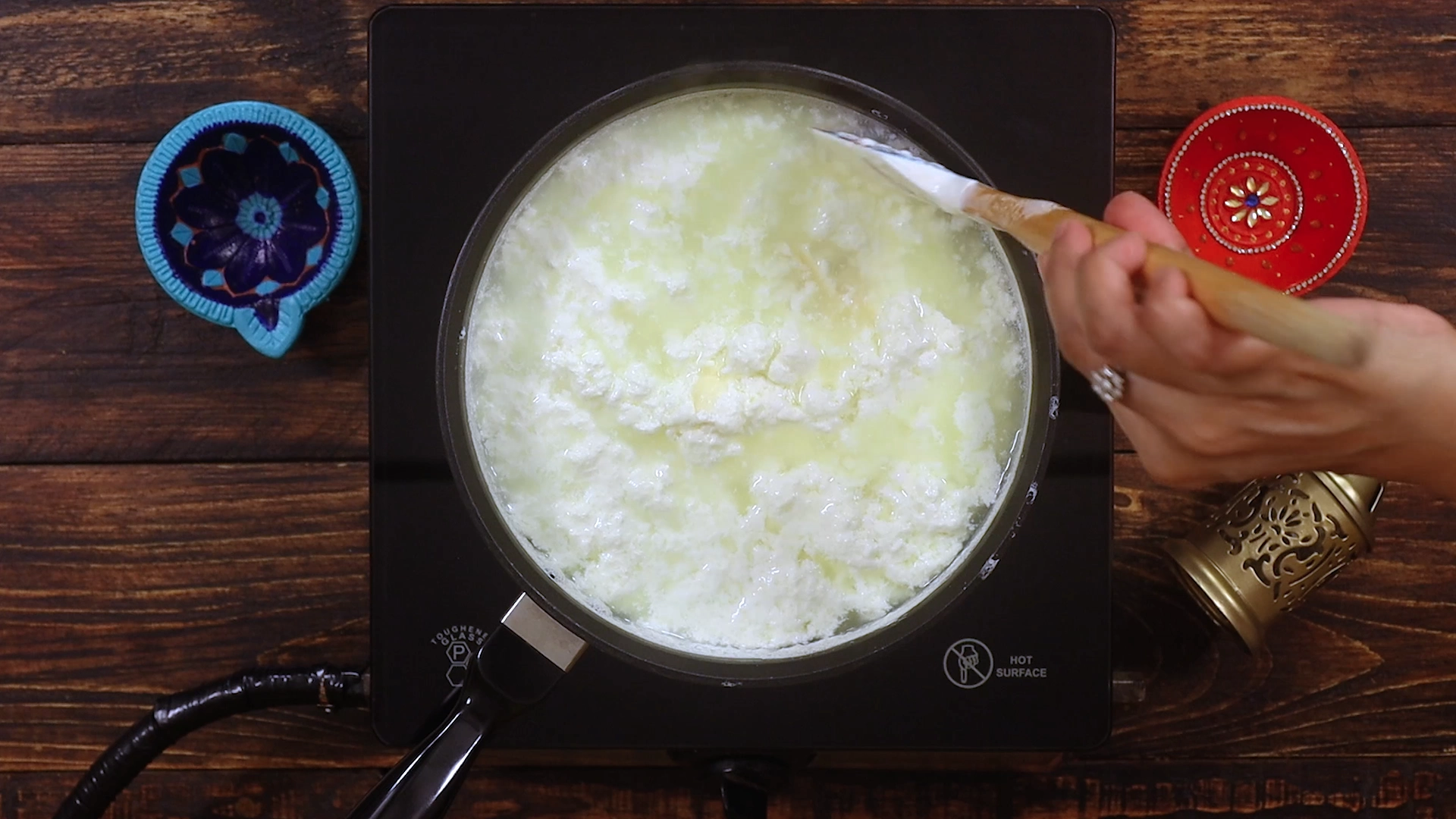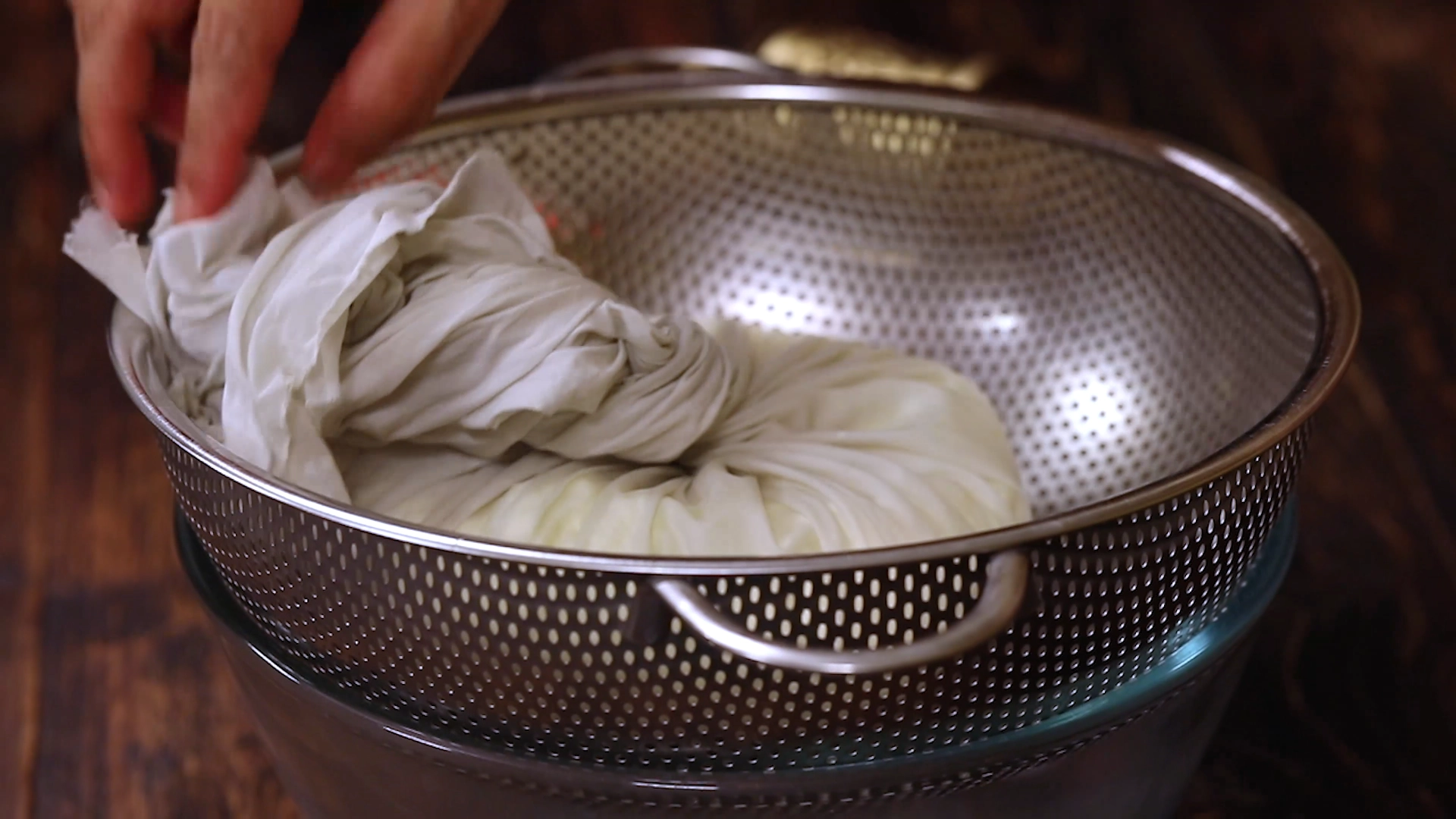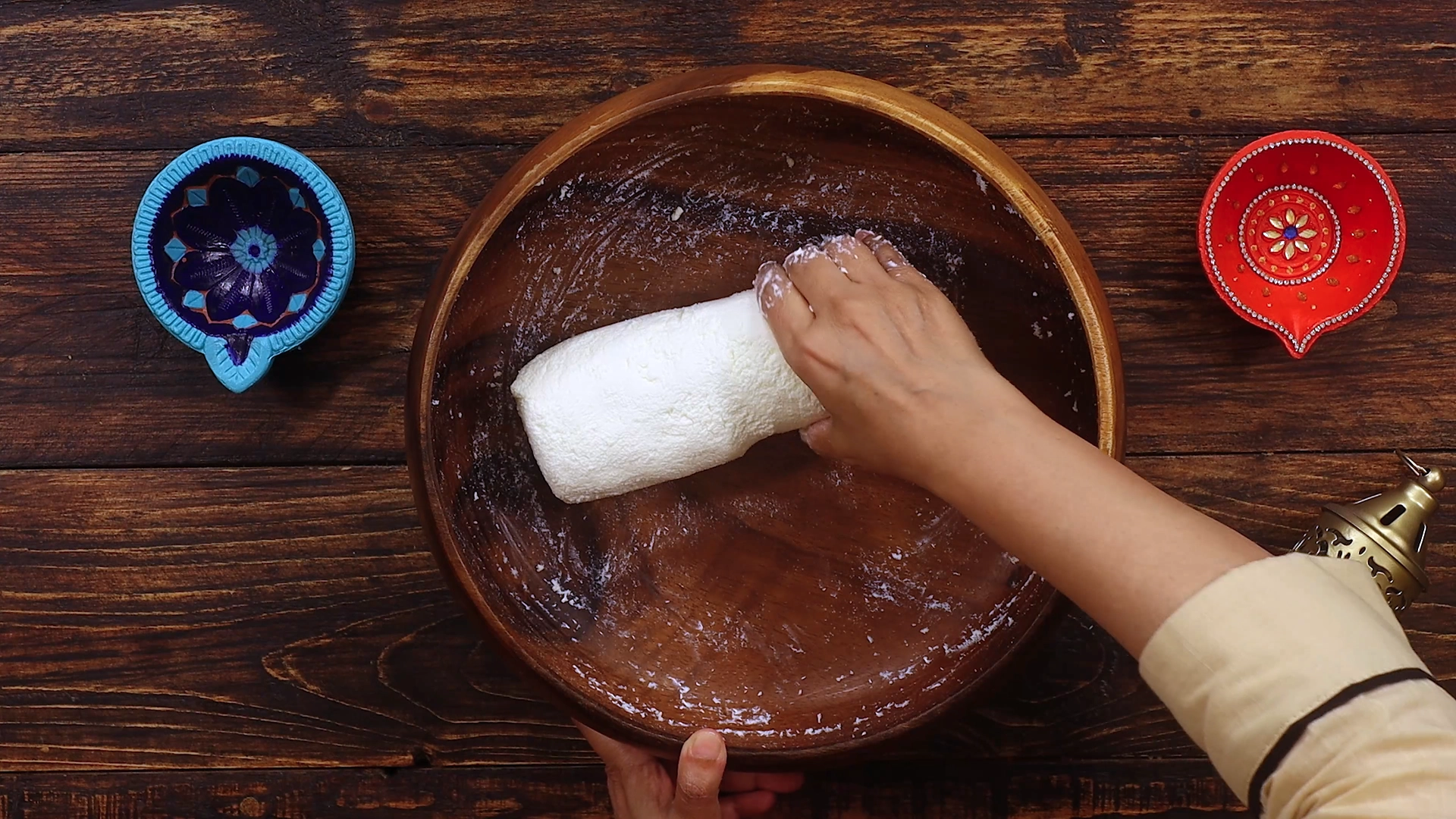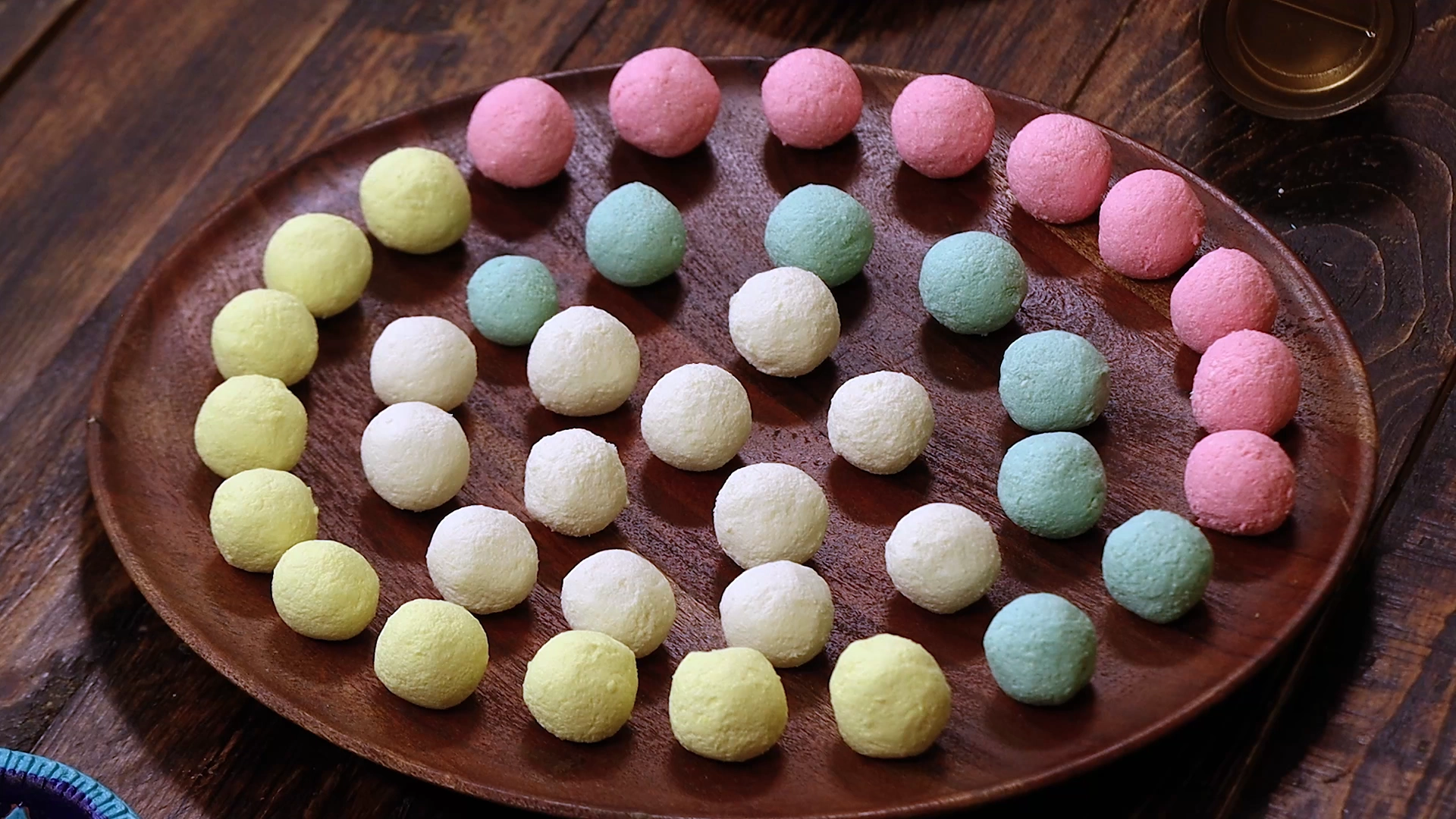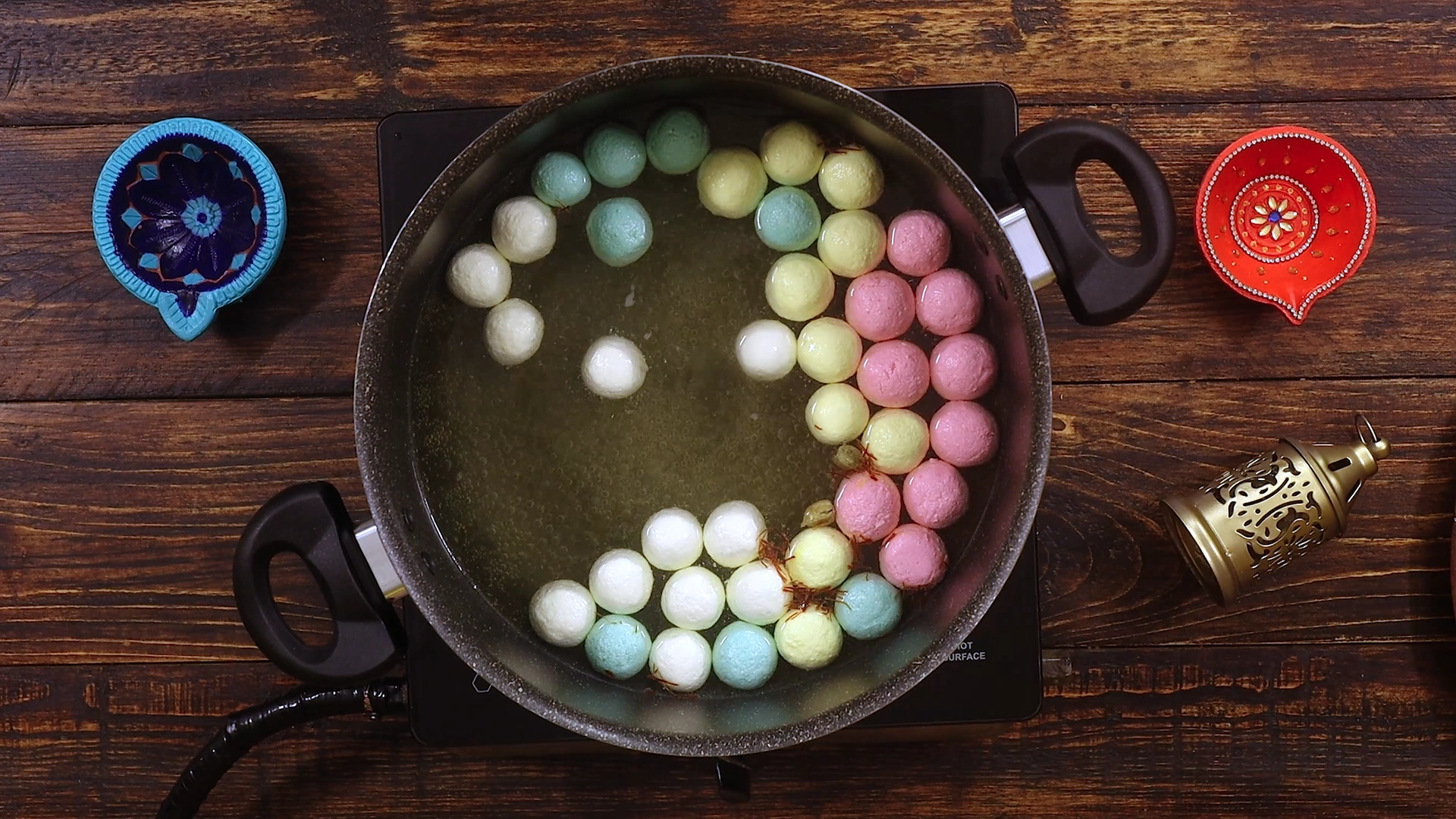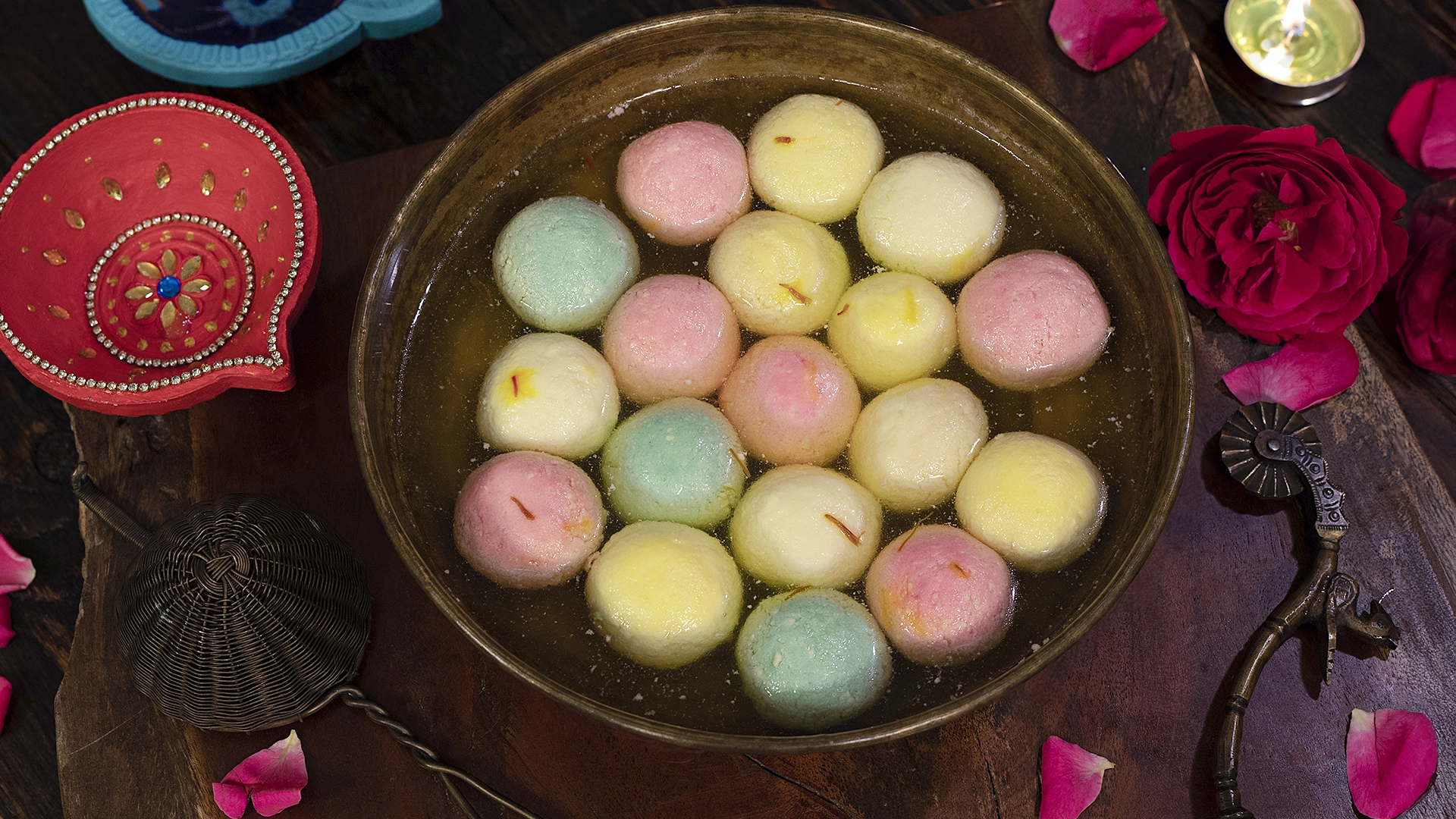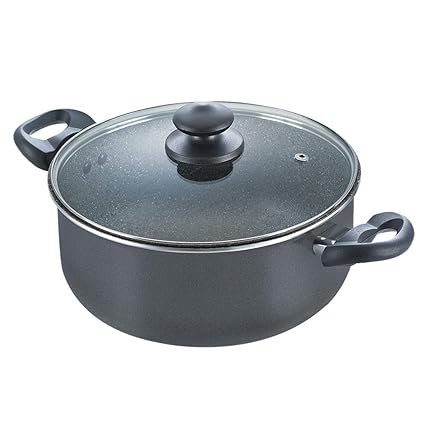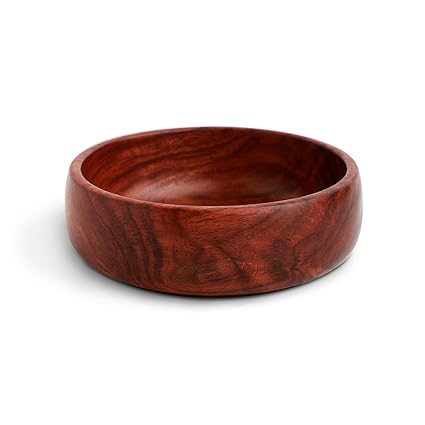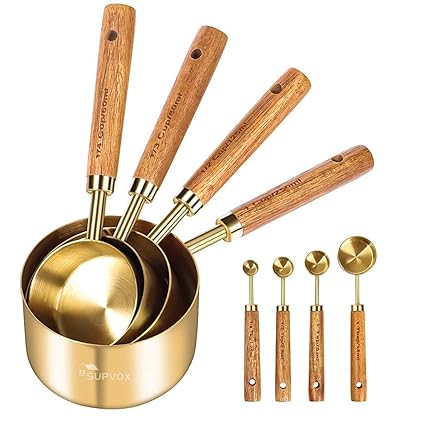Ever bite into a perfectly spongy rasgulla and wonder how the sweet shop gets that melt-in-your-mouth texture?
If you want to make restaurant-style Bengali rasgulla at home — without maida, without cornflour, and without complicated tools — you’re in the right place.
I’ll walk you through the why and how — like I’m standing beside you in the kitchen — so you can nail Bengali rasgulla at home.
What you’re making
Rasgulla are soft chenna (fresh paneer) balls cooked in light sugar syrup until they swell and soak up sweetness.
The texture is spongy and springy, the flavor is gentle (cardamom + saffron if you like), and each bite releases a syrupy bliss that’s delicate, floral. It’s dessert comfort that’s refreshing, not cloying — perfect after a heavy meal or as festival prasad.
A little history & cuisine context
Rasgulla (or roshogolla) is a classic of Bengali sweets — an innovation in Indian dairy-based desserts.
Traditionally made from chenna (curdled milk solids), the dessert became synonymous with Kolkata’s sweet shops and festive tables. This no-maida version stays true to the original spirit by using just milk and acid (vinegar) to make chenna that’s kneaded into soft balls.
Why this dish is great
- Simple ingredients, big payoff — Milk, jaggery or sugar, a little acid and spice.
- Celebratory & shareable — Perfect for festivals, pujas, potlucks or gifting.
- No refined flours needed — authentic texture without cornflour or maida.
- Make-ahead friendly — they store well in syrup and taste better after a few hours.
Ingredients breakdown
- Full-cream milk — richness and structure. Use full-fat milk for the creamiest chenna.
- Vinegar (diluted) — gently curdles the milk to form soft chenna; lemon works too but vinegar is more neutral.
- Sugar + water (syrup) — cooks the balls and provides that juiciness. Cardamom and saffron add aroma.
- Food color(optional) — purely optional, used here only for presentation.
Vegan Swap 🌿: Replace dairy rasgulla with soy milk paneer (homemade tofu-style chenna) — curdle soy milk with lemon, drain well, knead into a soft dough and cook similarly in sugar syrup. Texture will vary but you’ll get a plant-based alternative.
The kitchen conversation: how the process feels
Start by heating full-cream milk till just about boiling. The moment you add acid (vinegar mixed in water) the milk will curdle — that’s what forms your chenna.
You’ll drain and wash it to remove the sharp acidic flavor and squeeze out excess water (don’t over-squeeze — leave it slightly moist). The key is then kneading: it’s where texture is made. Knead the chenna steadily (about 20–30 minutes in the recipe) until it becomes silky and holds together.
When you portion the dough, make smooth, crack-free balls — those cracks trap air and make them dense. Cook them in a gently rolling, flavored sugar syrup (cardamom + saffron if you like).
The syrup should be boiling steady, not violent — and you’ll steam-cook the balls with the lid on for part of the time so they expand uniformly. After cooking, they’ll be soaked, plump, and springy. Let them cool in the syrup — this is when they fully absorb sweetness and develop that classic rasgulla mouthfeel.
Pro Tip 💡: Knead the chenna well until smooth and test by rolling a small piece — if it cracks, knead a bit more and press lightly with your thumb to release tiny air pockets. Smooth, crack-free balls = soft, spongy rasgullas.
What goes along
- Warm rabri (reduced milk) poured over for extra indulgence.
- Chilled rasgulla with a scoop of vanilla ice cream for an easy fusion dessert.
- Serve with light tea or as part of a festival sweet platter.
How to serve
Serve chilled or at room temperature, in the syrup. Garnish with slivers of pistachio or a few saffron strands for presentation. If you colored portions, keep the colors subtle — the syrup is already beautiful.
Packing & party prep
- Make ahead: rasgullas improve after 2–4 hours in syrup — flavor distributes and texture mellows.
- Storage: keep submerged in syrup in an airtight container — refrigerate for up to 4–5 days. Bring to room temp before serving, or chill lightly.
- Bulk prep: scale milk and syrup linearly. Work in batches for chenna and kneading. Use a large, deep pot so the balls can expand without crowding.
Troubleshooting
- Rasgulla turned dense: Knead chenna longer; ensure balls are smooth and crack-free. Keep syrup boiling gently.
- Balls fell apart: They may be under-kneaded or too wet — squeeze out a little more whey next time and knead to bind.
- Too sweet/weak flavor: Adjust syrup strength next batch; small saffron + cardamom additions go a long way.
Other Related Recipes you might like:-
- Mango Shrikhand (Amrakhand) — creamy, strained-yogurt dessert flavored with ripe mango — a cool, fruity sweet.
- Rice Kheer — classic milk-and-rice pudding scented with cardamom and nuts.
- Makhana Kheer — delicate milk kheer made with roasted makhana (fox nuts) — light and festive.
- Creamy Mango Kheer — rich mango-flavored kheer for a tropical twist on traditional puddings.
- Rava Kesari — semolina-based sweet flavored with saffron and ghee — soft and aromatic.
- Chakkarai Pongal (Sweet Pongal) — jaggery-and-ghee sweet rice with nuts — a South Indian festive favorite.
- Dry Fruit Ladoo — energy-packed, no-cook ladoos made from nuts and dates — healthy festive sweet.
- Besan Ladoo — fragrant gram-flour laddoos roasted in ghee and spiced with cardamom.
- Royal Falooda — layered, chilled dessert with vermicelli, basil seeds and kulfi-style sweetness — a refreshing finale.
Rasgulla
Description
Learn how to make soft, juicy Bengali rasgullas at home! Made with fresh chena and soaked in fragrant cardamom-saffron syrup, these milk sweets are easy, no-flour, and perfect for any occasion.
Ingredients
Instructions
Prep Work
-
Set up cloth and strainer
Line a strainer with a clean muslin and keep it ready to strain curdled milk
-
Make vinegar solution
Mix vinegar into a small bowl of water and keep aside -
Ready the milk pan
Have a heavy-bottomed pan or saucepan ready for heating the milk -
Prepare colour bowls
Put small bowls out for each food colour you plan to use -
Crush cardamom & saffron
Lightly crush cardamom pods and keep saffron ready to add to syrup -
Measure sugar and water
Keep sugar and water for the syrup measured and within reach
Method
-
Heat milk
Take the milk in a saucepan and heat it until it reaches a gentle boil
-
Prepare curdling mix
Add vinegar to water and mix well to make the curdling solution -
Curdle milk
Once the milk comes to a boil, gradually add the vinegar-water mixture to curdle the milk -
Strain chena
Strain the curdled milk through the muslin, wash the chena well with water and do not squeeze out too much. -
Rest chena
Let the wrapped chena sit in the cloth for 1 hour. Let excess water drip by itself. -
Knead chena
After resting, knead the chena well for 30 minutes until it becomes soft and smooth (don’t squeeze too much, it makes the rasagulla dry and crumbly) -
Divide & colour
Divide the kneaded chena into four portions and mix in the desired gel colours -
Shape balls
Gently roll the coloured dough into smooth balls and keep them aside -
Make syrup
In a pot, combine sugar and water and heat until the sugar dissolves completely -
Add flavour
Add crushed cardamom and saffron to the syrup and bring it to a boil -
Add chena balls
Reduce the heat to moderate and gently add the chena balls into the syrup -
First cook
Cover the pot and cook the chena balls in the syrup for 5 minutes. -
Flip & continue
Open the lid, gently flip the balls to the other side, cover again and continue cooking for 10 minutes. -
Cool down
After cooking, turn off the heat and let the rasgullas cool in the syrup -
Serve
Once cooled, the rasgullas are ready to serve.
Nutrition Facts
Servings 15
- Amount Per Serving
- Calories 130kcal
- % Daily Value *
- Total Fat 3.5g6%
- Cholesterol 12mg4%
- Sodium 40mg2%
- Potassium 120mg4%
- Total Carbohydrate 22g8%
- Sugars 18g
- Protein 3.5g8%
- Vitamin A 50 IU
- Calcium 120 mg
- Iron 0.3 mg
- Vitamin B12 0.4 mcg
- Phosphorus 80 mg
- Magnesium 12 mg
* Percent Daily Values are based on a 2,000 calorie diet. Your daily value may be higher or lower depending on your calorie needs.

